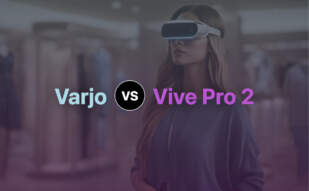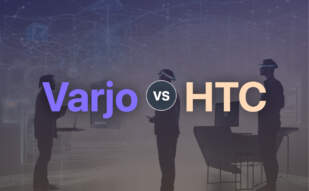In the competition between Varjo and Oculus, for developers seeking extremely high resolution, professional applications, and robust visual real-time rendering, Varjo stands out as the leader. However, if cost-effectiveness and mainstream VR technology accessibility is your priority, then Oculus is the clear choice.
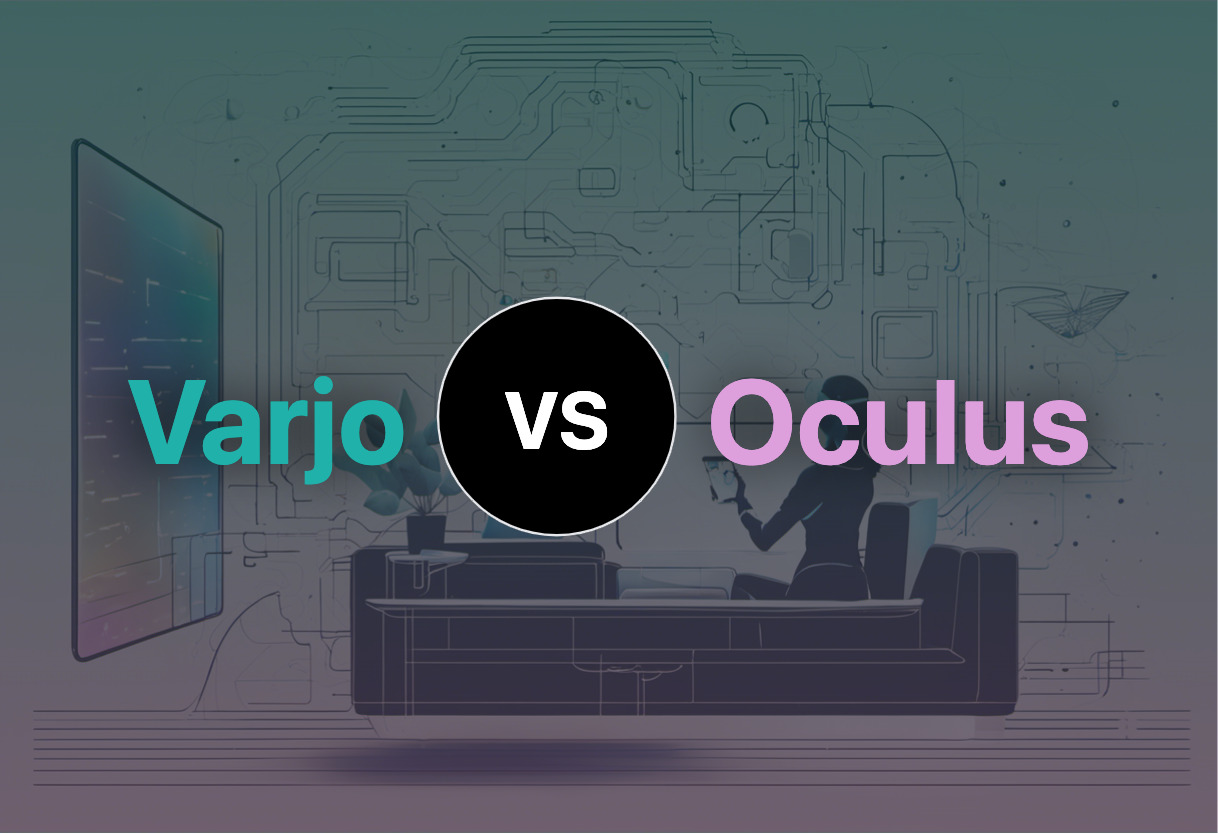
Key Differences Between Varjo and Oculus
- Manufacture: Varjo specializes in high-resolution VR, AR and MR devices; Oculus focusses on cost-effective VR tech.
- Target Audience: Varjo serves professional industries like aerospace; Oculus prioritizes general consumers.
- Resolution: Varjo systems offer human-eye level resolution; Oculus provides slightly lower resolution.
- Cost: Varjo products have premium prices; Oculus is more affordable.
- Integration: Varjo devices integrate with real-time graphics engines; Oculus offers an extensive, user-friendly software library.
- Evolution: Varjo has reached the fourth-generation of VR tech; Oculus has discontinued its Rift line.
- Applications: Varjo is used for training and design; Oculus is primarily used for gaming.
| Comparison | Varjo | Oculus Rift |
|---|---|---|
| Founded | 2016 | 2011 by Palmer Luckey |
| High-Resolution VR/AR Devices | Yes | No |
| Funding | $162.5M received | Acquired by Facebook for $2 billion in 2014 |
| Initial Release | Varjo VR-1 in 2019 | Oculus Rift DK1 in 2013 |
| Latest Release | Varjo Aero released 2021 | Oculus Rift S replaced in 2019, Oculus Quest late release |
| Target Audience | Professionals in various high-stakes industries | General public and gaming community |
| Resolution | Retinal resolution offering eye-like clarity | 640×800 per eye on Oculus Rift DK1, progress with later versions |
| Applications | Training, design, research, creating AR-Enabled instructions | Gaming, immersive experiences |
| Key Competitor | Microsoft HoloLens 2 | Samsung Gear VR, HTC VIVE |
What Is Varjo Technologies Oy and Who’s It For?
Varjo Technologies Oy, a Finnish invention, specializes in VR, AR, and MR headsets. Antecedents like Nokia and Microsoft contribute to its technological ladder climb. Brought to life in 2016, its claim to fame is high-resolution devices with clarity rivalling human vision. It aims at top-shelf industry leaders in automobile, aviation, nuclear, and research fields. Varjo is the aficionado’s device and the choice of professionals who crave perfection.
Varjo’s funds stand over $100 million strong in venture capital and ceaselessly expanding. Latest revenue round on Sep 6, 2022, confirms its financial prowess. A world where astral, automotive and nuclear pool operators train using Varjo is within our grasp. It pioneers in the field with the highest resolution VR and XR products shipped including Varjo VR-3, XR-3, and Aero.
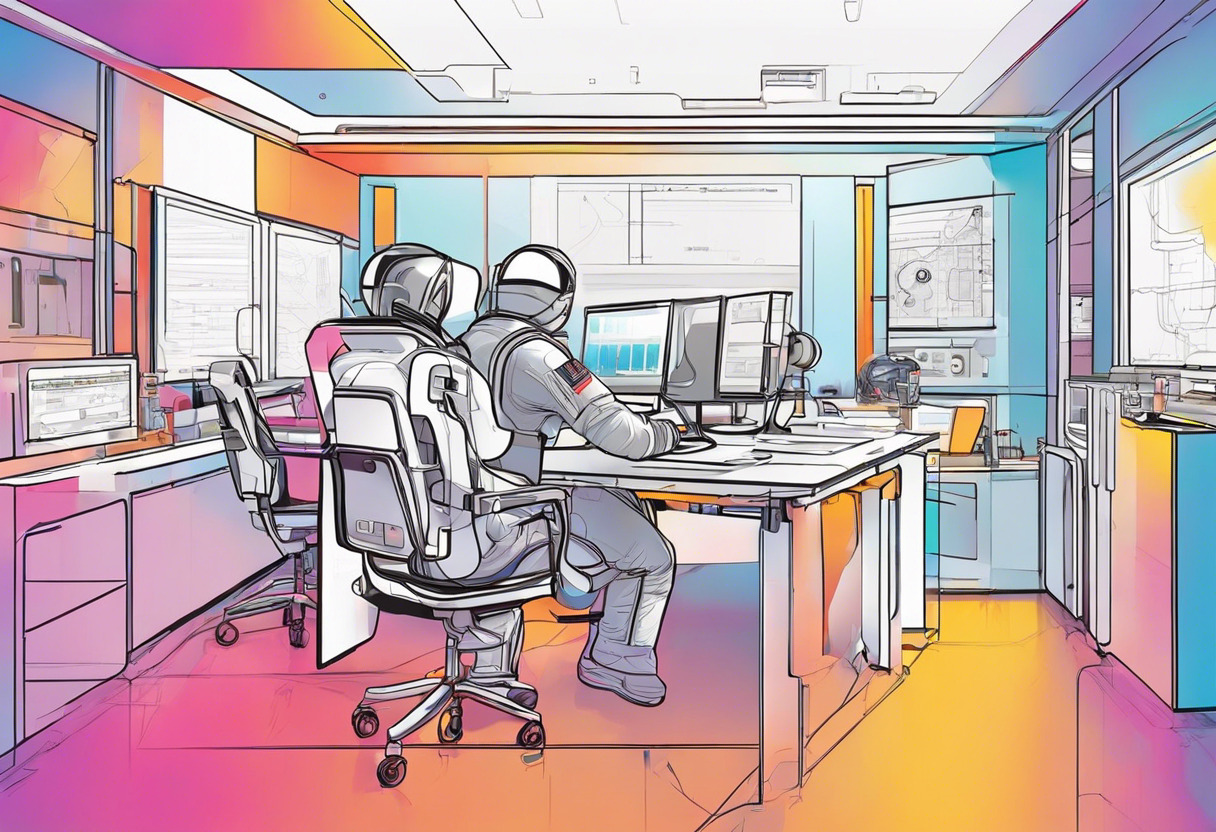
Pros of Varjo Technologies Oy
- High-resolution devices classifiable as ‘human-eye’ clarity.
- Retinal resolution devices are invaluable industry-level training tools.
- New Varjo Reality Cloud platform guarantees lossless visual fulfillment.
Cons of Varjo Technologies Oy
- AR techniques differ from Magic Leap and Microsoft due to rendered synthetic objects on transparent goggles.
- The cost of premium devices like Varjo Aero can be high.
What Is Oculus Rift and Who’s It For?
Oculus Rift, a virtual reality forerunner, is the brainchild of Oculus VR. Its inception in 2013 heralded a new age in VR, providing a rich experience at an accessible price. Oculus Rift targets enthusiasts and gamers craving immersion at an affordable cost.
Its first prototype was the bridge from the world of mortals to the virtual universe while boasting of solid tech backbones like geometric pre-distortion and a large stereoscopic field-of-view. Oculus Rift jolts the industry with each development cycle, resulting in ground-breaking prototypes like the ‘Crystal Cove’. The reach extended from its acquisition by Facebook elevated its reputation and gave it rocket fuel for development.
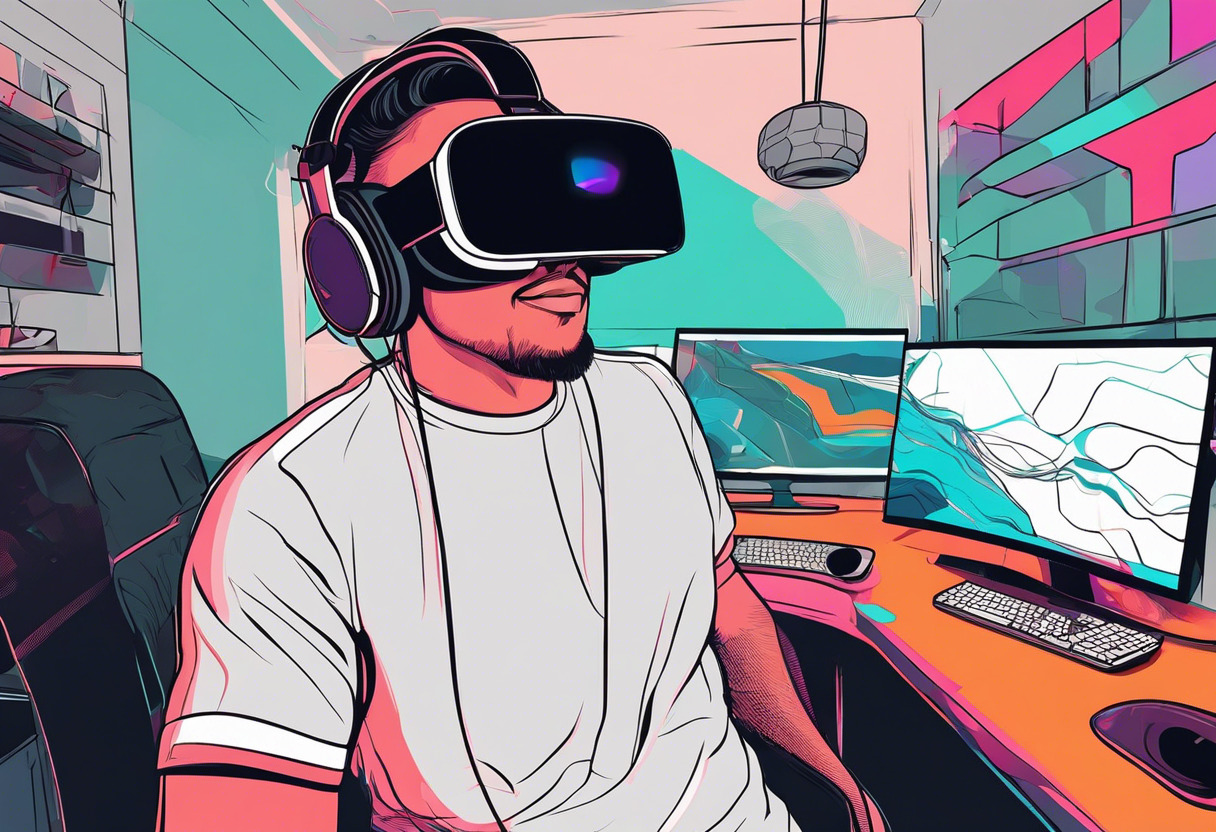
Pros of Oculus Rift
- Preserved Oculus Rift software library, still compatible with successors.
- Progressively improved clarity and reduced screen door effect.
- Exemplary head orientation tracking without drift.
Cons of Oculus Rift
- The VR line ended with Rift S discontinuation in April 2021.
- Oculus Rift CV1 was replaced by Oculus Rift S despite its popularity and good reviews.
Varjo vs Oculus: Pricing
While Oculus strives for an immersive VR experience at an accessible price, Varjo leans towards a luxury offering with high-resolution at a higher cost.
Varjo
Varjo, a Finnish tech titan specialising in immersive technologies, markets its high-resolution VR and MR products as premium devices. The emphasis on “retinal resolution” and lightning-fast latency suggests a target audience of professional users who demand unparalleled clarity and performance from their VR/AR/MR devices. While we don’t have an exact figure, their fourth generation consumer product, Varjo Aero, is stated to come at a higher cost. This indicates Varjo’s pricing strategy is to command a higher market price in return for delivering superior capabilities.
Oculus
Oculus, a pioneer in the VR industry, focused on bringing an authentic VR experience to the masses at an accessible price. It has historically leveraged novel technologies to increase quality while reducing costs, achieving its goal of democratising VR technology. Although the Oculus Rift series has ended with the Rift S, it sets a precedent for the Oculus brand’s commitment to affordable yet high-quality VR experiences.
Decoding the Verdict: Varjo vs Oculus
Across the promptly evolving domains of AR/VR, two tech powerhouses, Varjo and Oculus, have emerged. Their creations have left the tech world divided. Here’s the pragmatical analysis for where these technologies shine.
Industrial Designers and Vehicle Manufacturers
The Varjo product line, high-resolution and brimming with leading-edge features, paves the way for advanced data visualization and intricate design review. The devices enjoy backing by industry behemoths like Aston Martin and Audi. Building virtual prototypes to mimicking real-world conditions for testing, Varjo is a compelling choice for these professionals.

Gamers and VR Enthusiasts
Oculus Rift, with its panoramic field-of-view and high-quality display, owes its ascendency to the gaming realm. Affordable pricing combined with stellar gaming experiences delivered through seamless immersion, and a robust VR integration library, makes it a crowd-winner for gamers and VR aficionados.
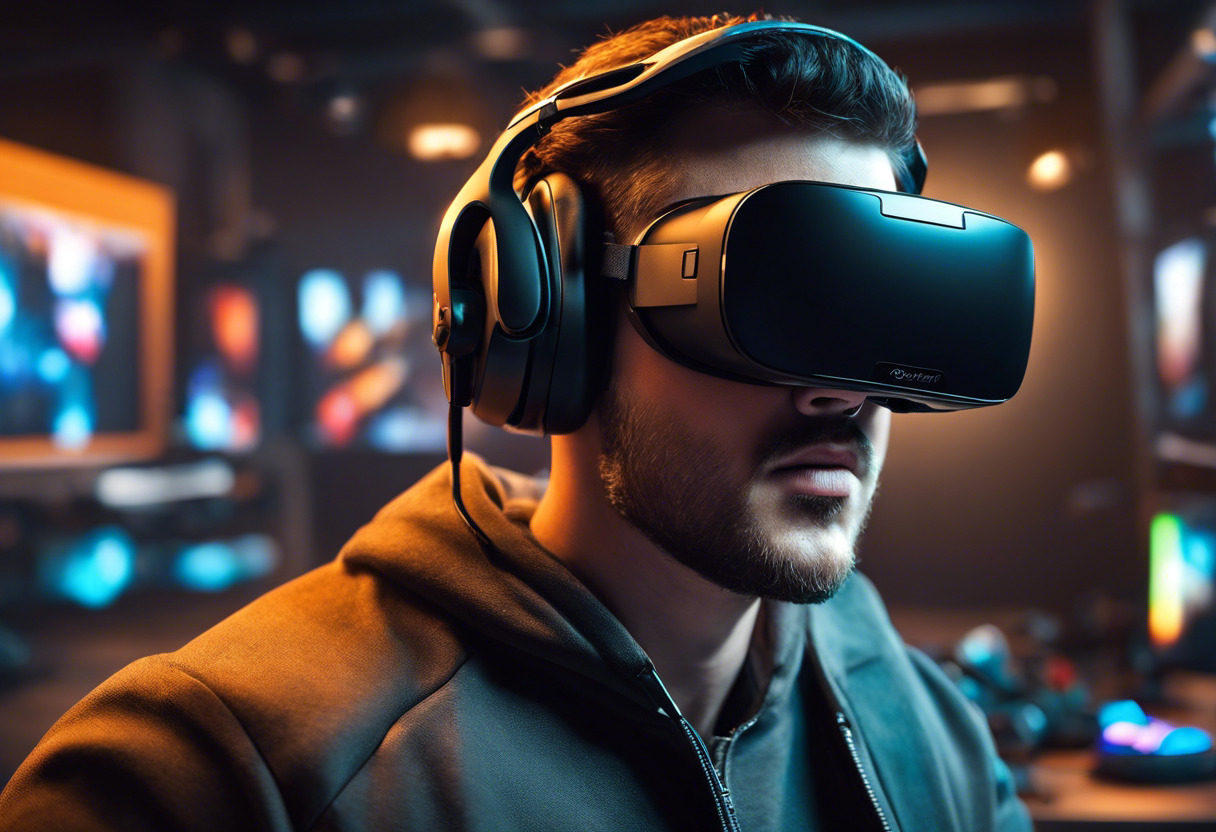
VR Startups and Entrepreneurs
The Finnish manufacturer, Varjo, with its well-funded kitty and growing base of industrial applications, curates a fertile hunting ground for VR startups and ambitious entrepreneurs. Leveraging Varjo’s Reality Cloud platform and high-resolution devices can fast-track such ventures, offering them a competitive edge.

Independent Developers and VR Innovators
The pioneering Oculus Rift trailblazed VR’s renaissance. It presented developers an accessible platform to experiment and innovate, further nurtured by Facebook’s backing. The Oculus software library facilitates the evolution — a haven for independent developers and VR innovators aspiring to add their signature to the metaverse.

When it comes to AR/VR epicness, the line drawn between Varjo and Oculus is clear-cut — Varjo excels in industrial, professional segments while Oculus dominates the gaming arena. Yet, both VR stalwarts continue to contribute to the growth and the future of immersive technology.
Patrick Daugherty
Content writer @ Aircada. Merging AR expertise with a love for late-night gaming sessions.



